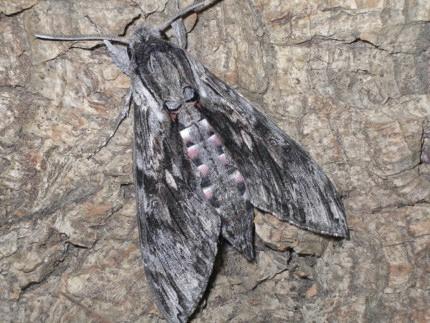
3 minute read
Gardening
Note from a Small Garden
First of all, some updates. I know you will all be pleased to hear that we have not had leek moth or beetle this year due, I’m sure, to covering them with micro fleece since planting out in June. But I’m not sure if it was necessary to keep them covered till the end of October, so I removed the fleece covering half of the leeks then, and await my “randomised control trial”!
Advertisement
At the time of writing this in mid-November, when we have had some beautiful calm and sunny days, my morning glory is still climbing up the thatch but ceased flowering about a fortnight ago, so despite good growth, Jim and I have not had good blooms this year. Was the second half of the summer too hot? This afternoon I will give up and pull this annual climber down.
The autumn colouring has been especially good this year with wonderful yellows, oranges and red leaves on our parottia, medlar, acer griseum, red spindle and the red and Swedish birches. All the Christmas trees have been cut down in the building plot next to our garden and we now have beautiful morning sunshine glowing through the turning leaves. Some of the roses are into their third flowering season now and the salvias thrive; they like water and have appreciated the recent rains.
I visited Jim last week and he rightly says that now is the beginning of the gardening year, when we must all plan improvement of the soil, and any planting that we intend to do. So this is the time to plant tulips; planting in November helps to prevent fire-blight later. It’s a good time to collect any seeds if you have forgotten to do so already. My initial sowing of collected seed from the beautiful Himalayan flowering shrub indigo heteracantha which is such a joy in spring with its pink flowers and delicate leaves, were eaten by mice/snails(?) but I have just resowed them and they have come up nicely. But I am waiting for tropeolum speciosum seed to show their heads. I would love to have this beautiful scarlet perennial member of the nasturtium family growing up our yew hedges again. Alas, it likes acid soil, as does the heteracantha (in a pot with ericaceous compost) so I may not be successful.
A word or two about the beech mast. Has anyone noticed how beech trees have produced millions of beech nuts this year? The same has gone for chestnuts, horse and sweet, and oak trees as well as trees and shrubs with winged nuts. Below I am quoting from the Woodland Trust (an excellent charity which protects ancient forests and promotes woodland throughout the UK). “This abundance causes a boom in populations of small mammals like mice. More importantly, it guarantees some will be left over to survive and grow into new trees. Mast years have a major evolutionary advantage for the tree. Producing nuts is costly work and slightly stunts the tree’s growth, but as it tends to happen every 5-10 years, it’s worth the payoff for some of the crop to germinate into new saplings.” I remember as a small child loving to peel beech nuts as well as eating them!
Jobs for December
Keep mulching the vegetable patch and borders
Clean and wash pots and add new compost to pots where needed
Start collecting seed-heads and hazel twigs for Christmas decorations. Hollies have plentiful berries this year, so do cotoneasters, so pick them before the birds take them all! Do come and visit the crib scene in the church porch the week before Christmas. We will be decorating the trees in the churchyard too, so it should be a good show. Good gardening and a very happy Christmas. Keep safe and go well, from Jim and me.
Julie Draper Juliedraper@dumbflea.co.uk









